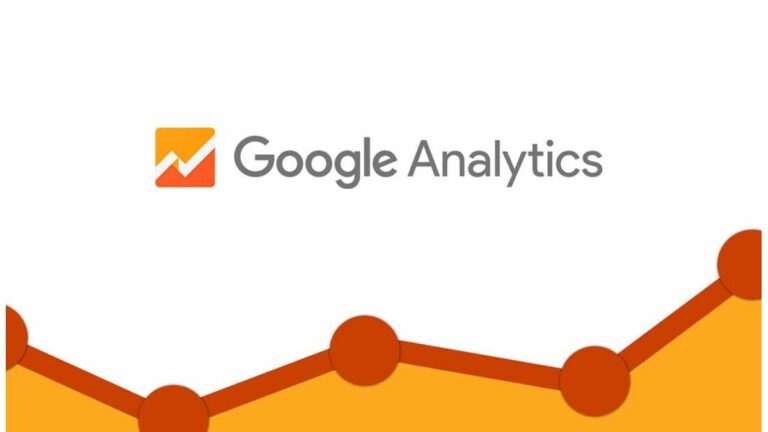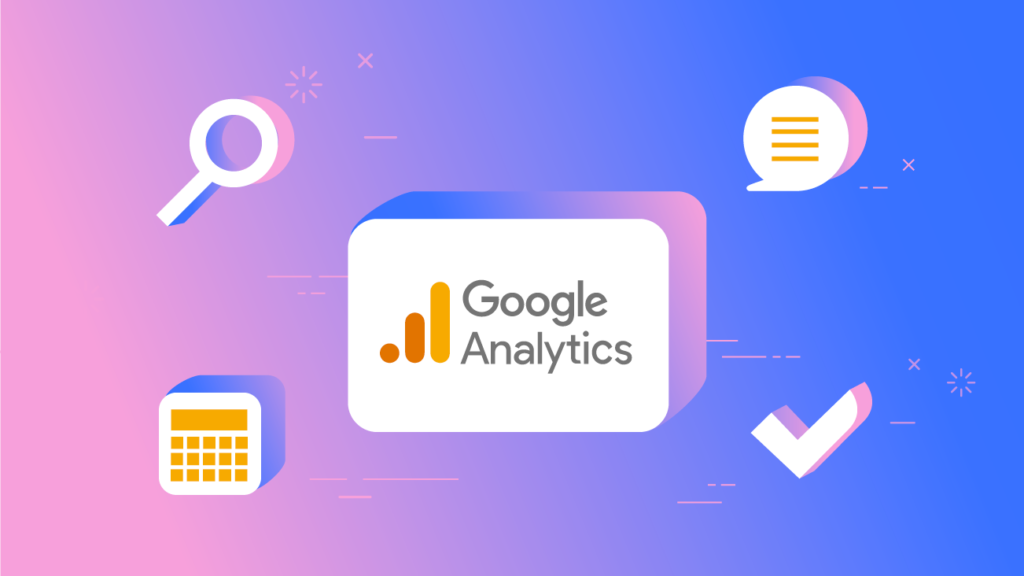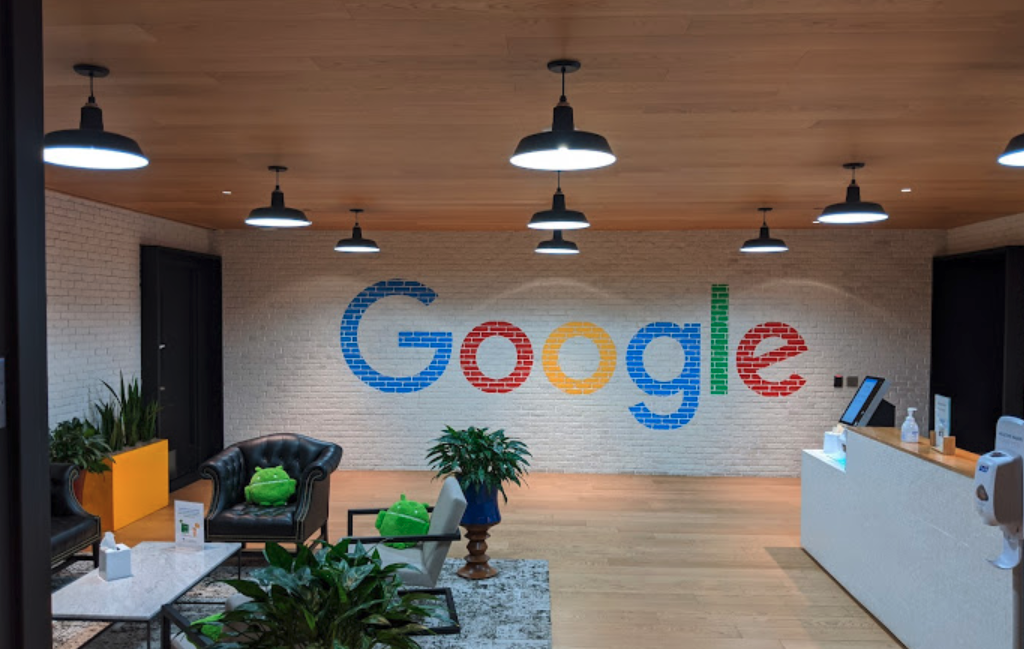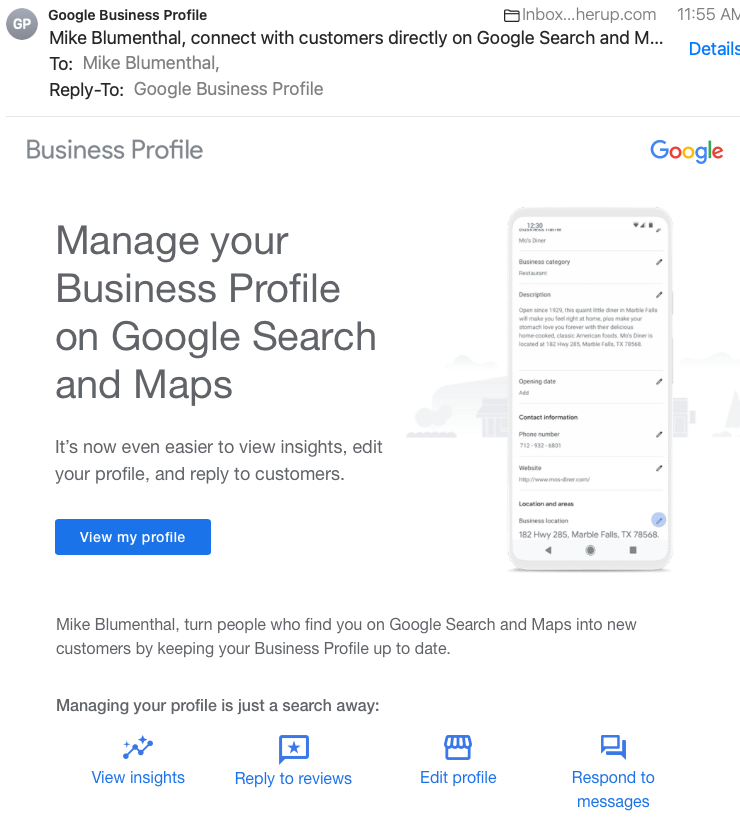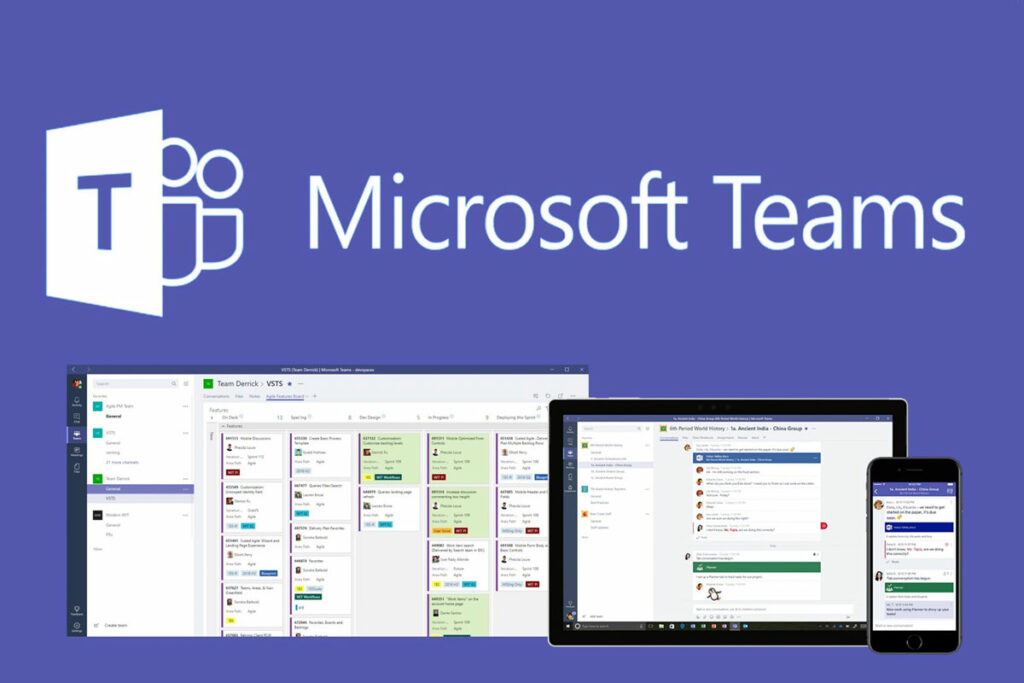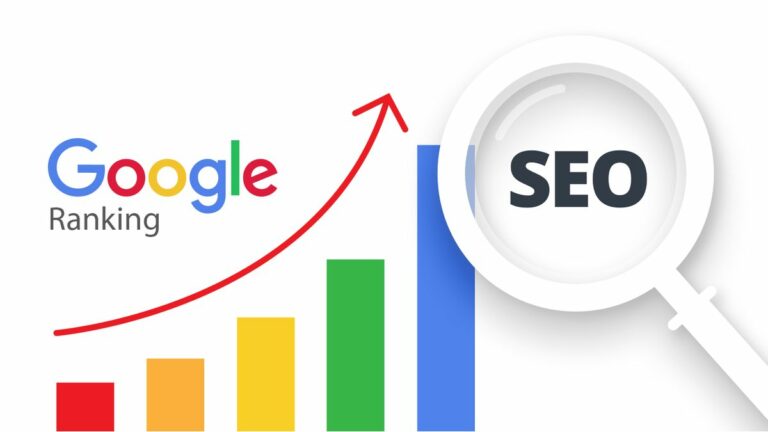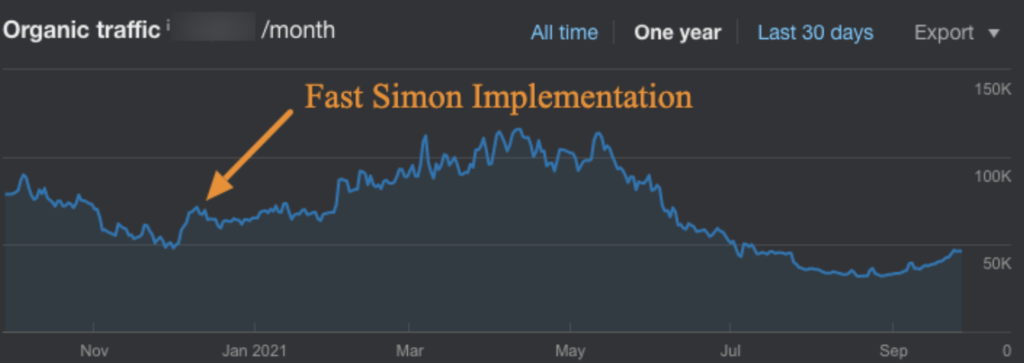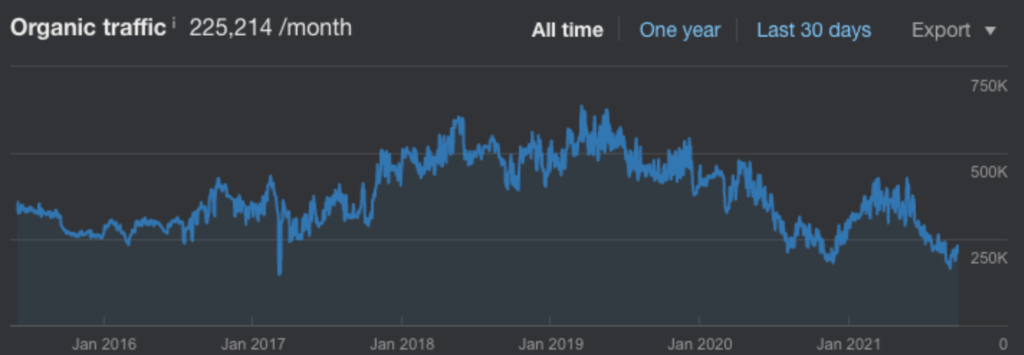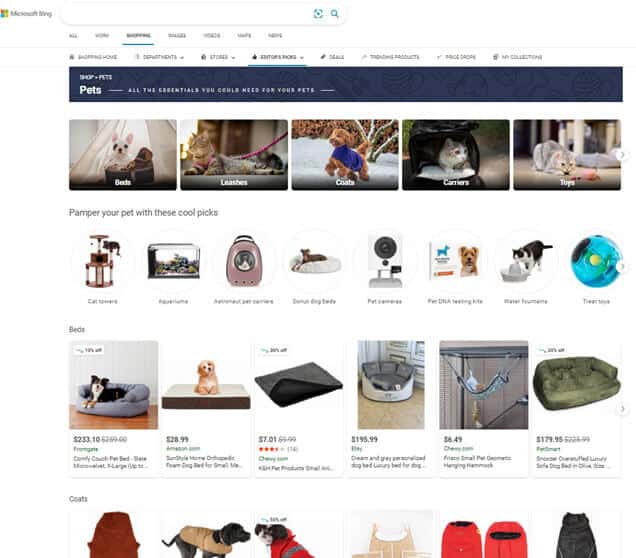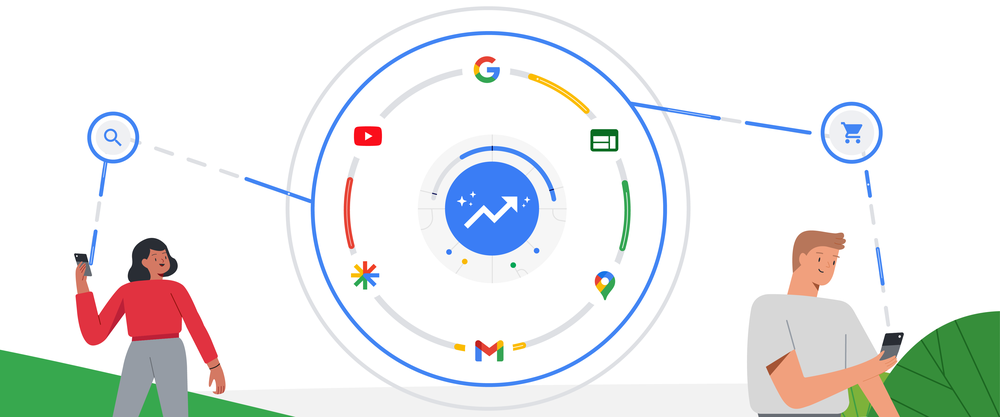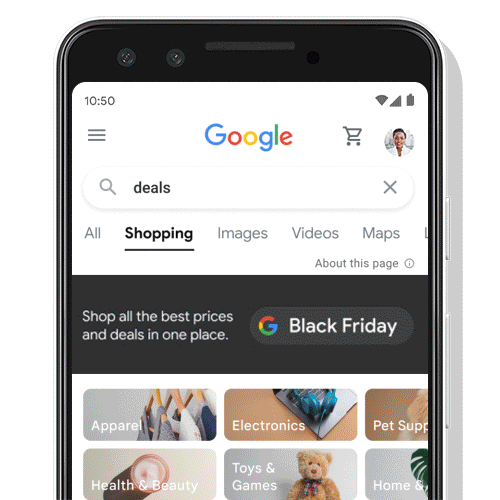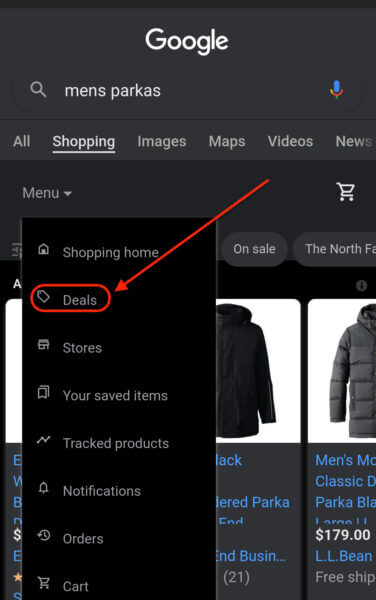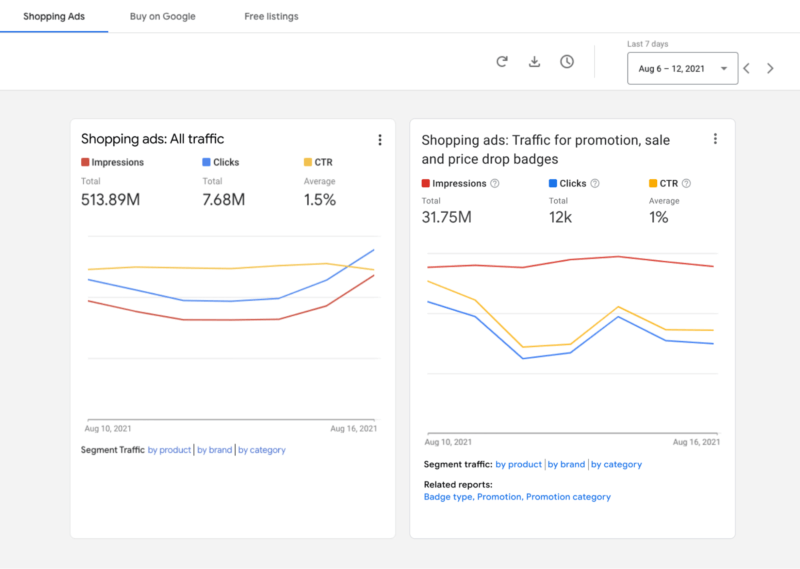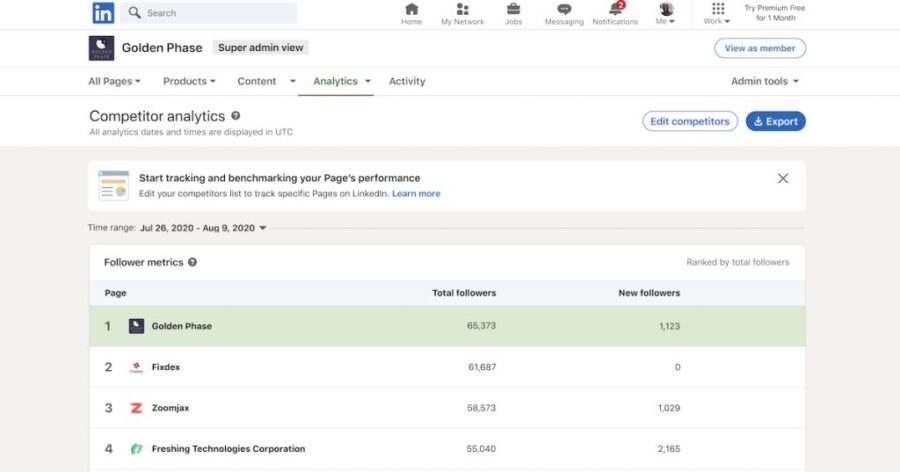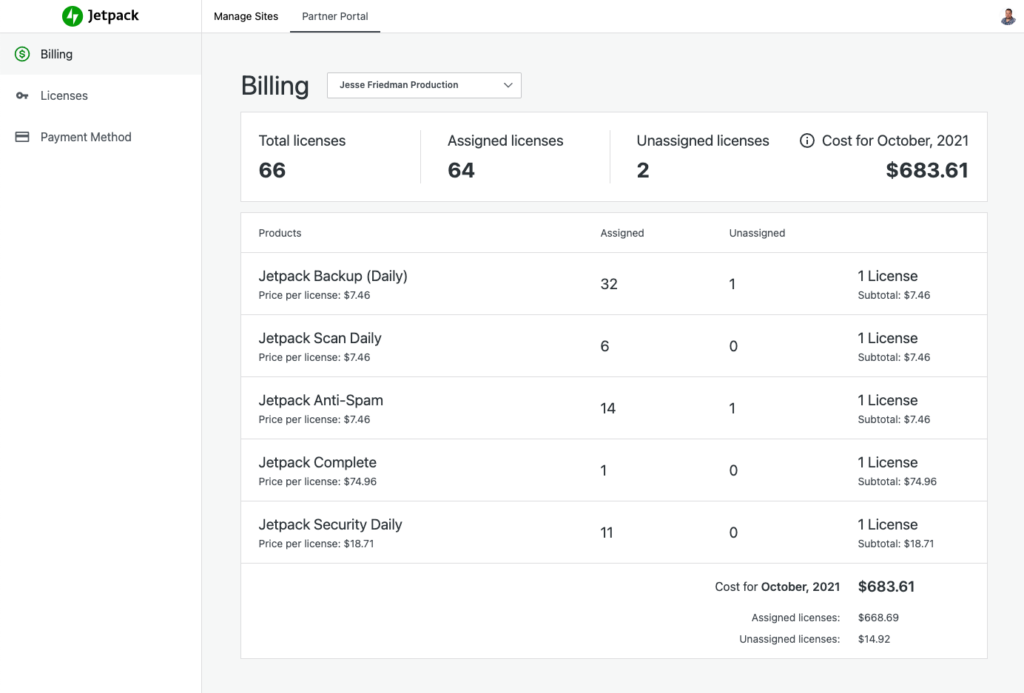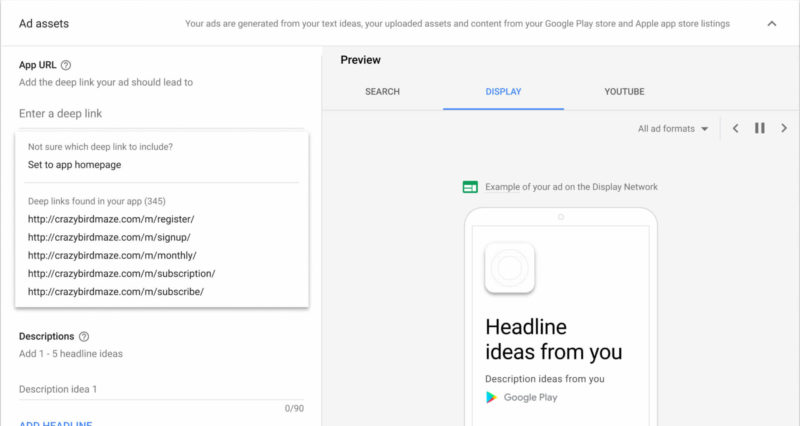List of Googlebot IP addresses released
Google has published the full list of IP addresses it uses for crawling and accessing your website under the Googlebot user agents. Google said if you do not want to use reverse DNS other than those types of methods for verifying Googlebot, you “can identify Googlebot by IP address by matching the crawler’s IP address to the list of Googlebot IP addresses.”
Why do I need this? If you believe someone is crawling your site, pretending to be Googlebot, and you want to verify that blocking this fake Googlebot crawler is not really Google, then you can use either the command line method or the automated IP list method.
IP list. You can access the full list of Googlebot IP addresses over here in this JSON file, note that Google may update this list, so you should check the file probably daily. You can also access all other Google crawlers that match the crawler’s IP address against the complete list of Google IP addresses. Again, these IP addresses may change over time, so you should build into your mechanisms a way to update the IP addresses on your end.
Read more: List of Googlebot IP addresses released
New features out for Google Ads Editor version 1.8
Overview page
A new view has been created in Google Ads Editor, “Overview”, which is similar to the Overview page in the online Google Ads Editor interface.
Auto-apply view for Recommendation
Auto-apply, a new view under Recommendations, allows you to enable or disable automatic application of certain recommendation types. Learn more about applying recommendations automatically in Google Ads
Support for asset-based call extensions
Google Ads Editor now fully supports asset-based call extensions, also known as “Call extensions (upgraded)”.
Support for asset-based price extensions
Google Ads Editor now fully supports asset-based price extensions, also known as “Price extensions (upgraded)”.
Support for asset-based hotel callout extensions
Google Ads Editor now fully supports asset-based hotel callout extensions, also known as “Hotel callout extensions (upgraded)”.
Support for asset-based app extensions
Google Ads Editor now fully supports asset-based app extensions, also known as “App extensions (upgraded)”.
Display-Gmail campaigns now read-only
Creation of Display-Gmail campaigns is no longer supported (although existing ones can still be edited). Additionally, no new ad groups can be created under this campaign type (however existing ones can still be edited), and ads for this campaign type can’t be created or edited. Only deleted, paused/unpaused, and labels can be changed).
Recommendation stat display mode update
For Recommendations, you can now choose up to four ways to display stats (for example, weekly impressions, weekly clicks):
- Current (recommendation not applied)
- Estimated (predicted with recommendation applied)
- Increase (absolute difference between current and estimated)
- % increase (percentage difference)
“Upgrade match type” recommendation for exact keyword
When you apply the “Upgrade your existing keywords to broad match” recommendation in Google Ads Editor, it now updates Exact keywords, in addition to Phrase a Broad Match Modifier (BMM).
Support for more more recommendation types
Google Ads Editor now supports the following recommendation types:
- Use targeting expansion
- Ad groups do not have any keywords
- Create ads in empty ad groups
- Move unused budgets
- Add responsive display ads
Read more: New features out for Google Ads Editor version 1.8
Google goes 1-1 in Europe: EU upholds $2.8B fine; UK dismisses lawsuit over alleged iPhone tracking
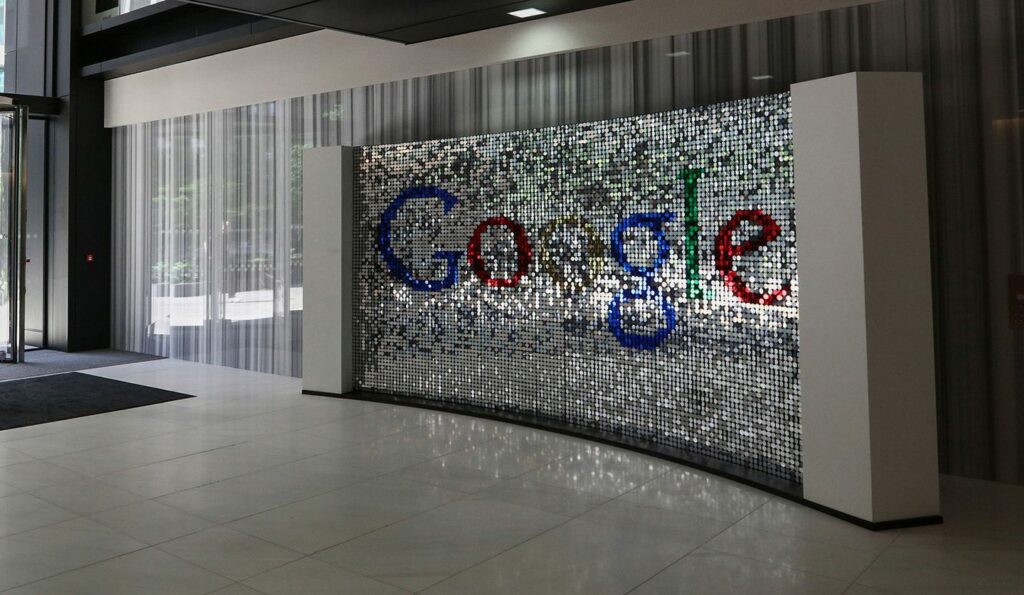
The European Union’s General Court has rejected an appeal by Google and upheld a $2.8 billion fine against the company, originally levied in 2017 for favoring its own content in shopping search results. Separately, the UK Supreme Court ruled in Google’s favor in a 2017 class action-style lawsuit in which the company was accused of illegally collecting data on iPhone users.
The EU’s General Court upholds a $2.8B fine. In 2017, the European Commission levied the largest antitrust penalty in its history up to that point — 2.4 billion euro ($2.8 billion) — against Google for allegedly favoring its own comparison shopping service. Google appealed the fine but, on Wednesday, the EU’s General Court upheld the European Commission’s 2017 decision, stating, “The General Court concludes its analysis by finding that the amount of the pecuniary penalty imposed on Google must be confirmed.”
“The General Court finds that, by favoring its own comparison shopping service on its general results pages through more favorable display and positioning, while relegating the results from competing for comparison services in those pages by means of ranking algorithms, Google departed from competition on the merits,” the court said in a press release.
Read more: Google goes 1-1 in Europe: EU upholds $2.8B fine; the UK dismisses lawsuit over alleged iPhone tracking
Google is testing the IndexNow protocol for sustainability
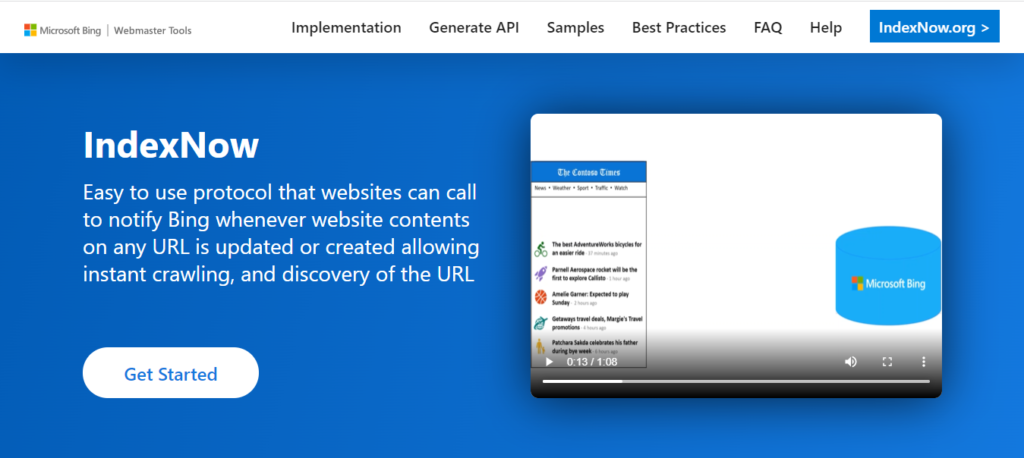
A Google spokesperson has confirmed that the search company will be testing the new IndexNow protocol first introduced by Microsoft Bing and Yandex a few weeks ago. Google said while its crawling efforts are efficient, Google will test to see if it can improve its overall sustainability efforts by leveraging the IndexNow protocol.
Google’s statement. “We have been carbon neutral since 2007 and we are on pace to be carbon-free by 2030 across both our data centers and campuses. We’re encouraged by work to make web crawling more efficient, and we will be testing the potential benefits of this protocol,” a Google spokesperson added.
What is IndexNow? IndexNow provides a method for websites owners to instantly inform search engines about the latest content changes on their website. IndexNow is a simple ping protocol so that search engines know that a URL and its content has been added, updated, or deleted, allowing search engines to quickly reflect this change in their search results.
How does it work with Google? We asked Google if https://www.google.com/IndexNow?url=url-changed&key=your-key would work with the search engine and we wait to hear back. The protocol works that if you submit it to Bing or Yandex and, one would assume now Google, that one submission to any of those search engines would send them to all the search engines participating in this protocol. So submitting it to Bing, would essentially also submit it to Yandex, Google, and other participating search engines.
Read more: Google is testing the IndexNow protocol for sustainability


